Birth Flowers | Flowers Speak Their Own Language
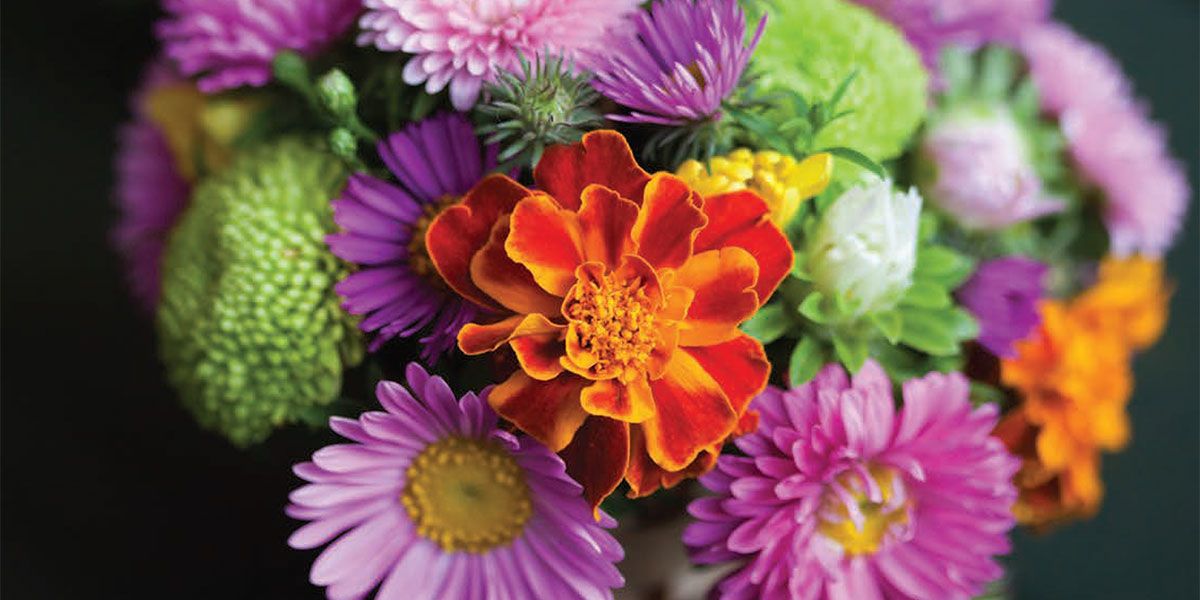
Floriography, the language of flowers, is an ancient art form that Chinese, Japanese, Middle Eastern, Greek, and Roman cultures practiced through their poetry, art and floral arrangements. Victorian lovers took a flower’s meaning and turned it into a secret communication method. In Victorian times, flowers given in a posey spoke without verbal interaction or including a written note. Most often these were communications of love, but the message could convey other feelings. It all depended upon the flowers chosen.
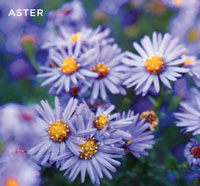 September: Aster and Morning Glory
September: Aster and Morning Glory
September generates asters that tender love and care. In white, red, blue and lilac, these spiky petal flowers attract birds, bees and humans. Aster comes from the Greek word for “star,” and symbolizes powerful love. Ancient people burned asters to chase away serpents. Morning Glory means affection. These flowers bloom in early morning and as the day fades, they close. They proffer simple symbols of affection.
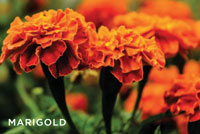 October: Marigolds and Cosmos
October: Marigolds and Cosmos
Marigolds tender creativity, warmth and passion; their bright orange flower heads resemble the sun. Cosmos’ frail stalks with colorful big heads mean order and balance; the tidy shape of their petals represents the peace and tranquility of the universe.
 November: Chrysanthemum
November: Chrysanthemum
November offers but one flower: chrysanthemum. Its name is so large that it is often shortened to mum. Chrysanthemums display a unique petal shape and propagate in voluminous colors that connote happiness, loyalty, optimism and honesty.
 December: Narcissus and Holly
December: Narcissus and Holly
Narcissus bulbs pop out sweet, white buds. Grown in glass vases or containers with beds of small pebbles, narcissus arouse a fragrant, vanillic holiday smell. They symbolize hope and wealth. Holly with its shiny green leaves bordered with prickly edges and bright red berries aptly stands for protection, defense and goodwill.
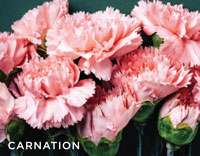 January: Carnations and Snowdrops
January: Carnations and Snowdrops
January’s flowers are carnations and snowdrops. Carnations offer a burst of color and stand for admiration and love. These simple beauties symbolize strength; carnations can bloom in cold weather if temperatures stay above freezing. After the excess of colors and festivities of our winter holidays, white snowdrops push up through tired brown grasses and woodlands in the bleak mid-winter. These pure white blossoms on vivid green stalks stand for hope and rebirth.
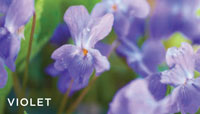 February: Violet and Primrose
February: Violet and Primrose
February flowers alert that spring is coming. Both violets and primroses display dainty buds that peek out of large green foliage—just a hint of bold purple, pink and white in a sea of green. Violets stand for modesty and faithfulness. This traditionally purple bloom symbolizes virtue and loyalty. Primroses in reds and yellows epitomize young love. It’s not a coincidence that Valentine’s Day lands smack in the middle of this month of violets and primroses.
Birth flowers originated in these old beliefs that each flower represents an attribute or mannerism, which is passed along to those born in the month associated with a particular flower. Different characteristics of the roots, bloom, stem, seed or foliage gave way to this mystic language found in poetry and old inscriptions. As summer flowers fade and fall arrives, the academic cycle of the year opens: a perfect time to learn meanings associated with flowers. Does being born under this flower gift the qualities it carries? Find your month and see if the traits fit.
 March: Daffodil and Jonquil
March: Daffodil and Jonquil
March ushers in the daffodil and jonquil, names often used interchangeably. Although related, each bulb carries its own meaning. Daffodils represent new beginnings while jonquils signify prosperity. Cheerful yellow daffodil blooms remind of spring’s heady arrival. Winds, rain, and the occasional snow flurry do not impede these strong floras. Jonquils, a variety of the daffodil, offer color combinations of white petals with orange and pale-yellow centers that symbolize prosperity.
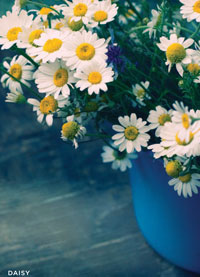 April: Daisy and Sweet Pea
April: Daisy and Sweet Pea
April offers the simple blooms of daisies, which represent purity and innocence. Daisies evoke images of young girls making daisy chains in a field while their sister flower sweet peas blossom in nearby cottage gardens. Sweet peas in various shades of pink, lavender and salmon represent blissful pleasure. Their fragrant smell induces the fresh aroma of spring bouquets.
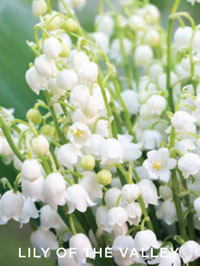 May: Lily of the Valley and Hawthorn
May: Lily of the Valley and Hawthorn
May brings lilies of the valley that tender sweetness and motherhood. These fragrant dainty white clusters grow on one stem amidst slender dark green foliage. They evoke woodland images of wildflowers picked as a gift for Mother’s Day or a May Day celebration. Hawthorn flowers sprout on shrubs. Their white or pink blooms represent hope; in the fall these bushes produce red berries.
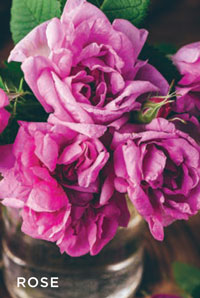 June: Rose and Honeysuckle
June: Rose and Honeysuckle
June arrives with a flourish of roses and honeysuckle blossoms. While roses signify romance, and are found in reds, yellows, whites and pinks, the simple white-with-a-touch-of-yellow honeysuckle buds denote happiness.
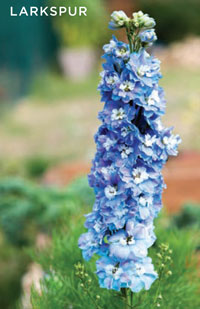 July: Larkspur and Water Lily
July: Larkspur and Water Lily
July’s heat advocates for water activities and picnics in fields where larkspur often flowers in white, indigo and pink. Pink larkspur means fickleness while white stands for grace and positivity; indigo is dignity and love. Water lilies float on ponds from May to September representing virtue. They symbolize purity and rebirth as these lotus-shaped flowers last four days before they sink and new ones flourish on top.
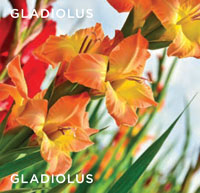 August: Gladiolus and Poppy
August: Gladiolus and Poppy
August appears with the dog days of summer. Tall gladiolus in hot pinks, oranges, reds, purples, yellows and whites with thick stalks convey the symbol of a sword. Its mighty swath illustrates strength of character and security. Vibrant poppies flourish in all shades of red to express imagination. Poppies are worn in France, Canada and the United Kingdom on Armistice Day to remember those lost in World War I.
Flowers blooming in gardens or peeking out of buckets in a floral shop or grocery store display transform easily into a bouquet that provides days of joy. Choosing flowers is often based on color, shape or texture. What if the bouquetto- be is a birthday gift and the flowers represent the birthday month? Perhaps the arrangement conveys a special hidden message in the selected blooms. Learning flowers’ unique symbolisms makes creating arrangements more interesting. It is an old custom worth emulating. ✦
aster, Birth Flowers, Carnations, Chrysanthemum, cosmos, Daffodil, Daisy, Gladiolus, Hawthorn, holly, Honeysuckle, Jonquil, Larkspur, Lily of the valley, Marigolds, Morning Glory, Narcissus, Poppy, Primrose, Rose, Snowdrops, Sweet pea, Violet, Water Lily






